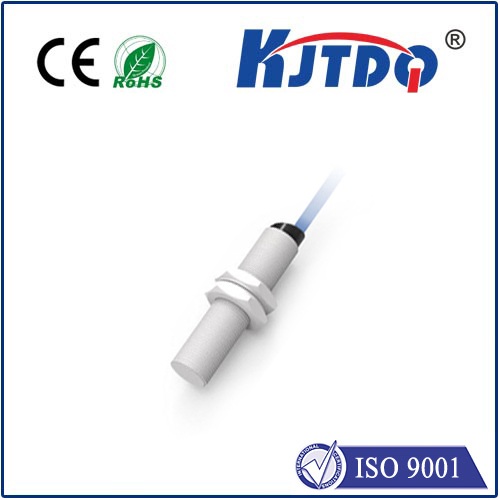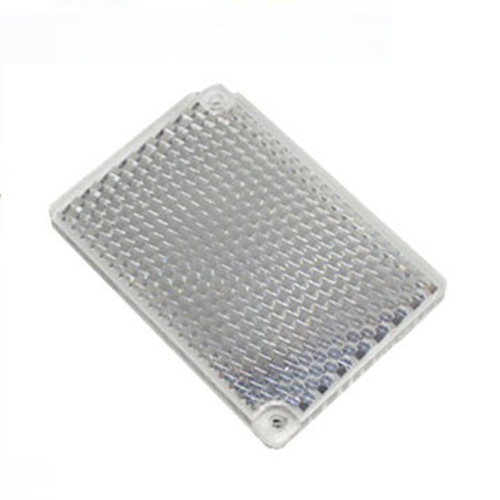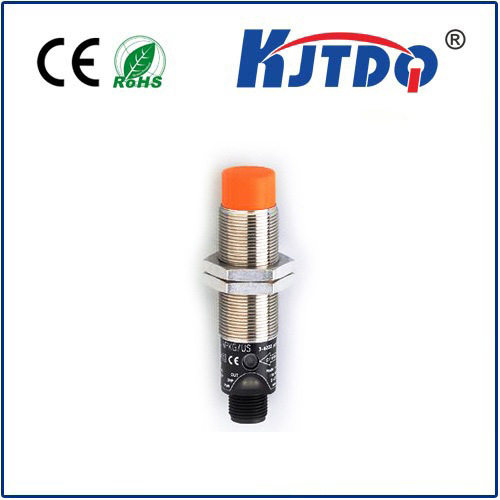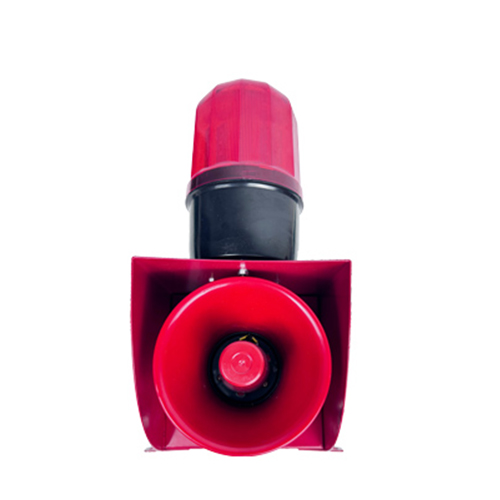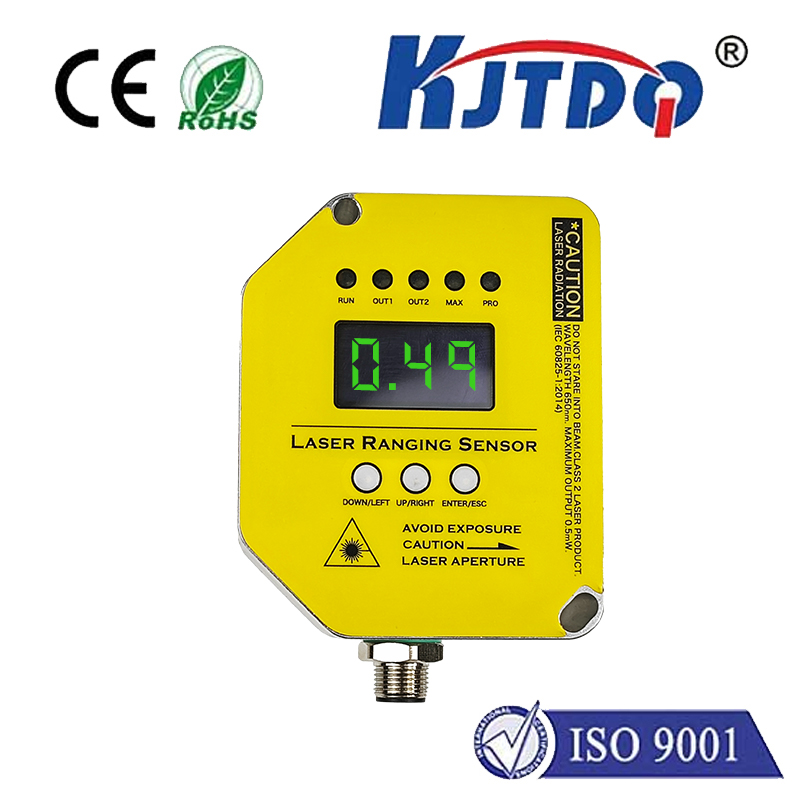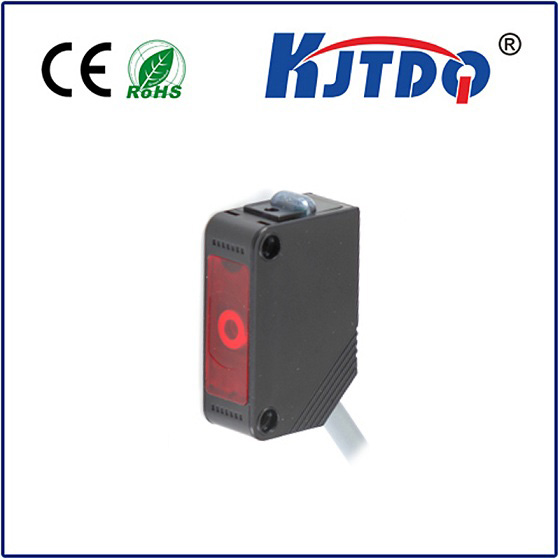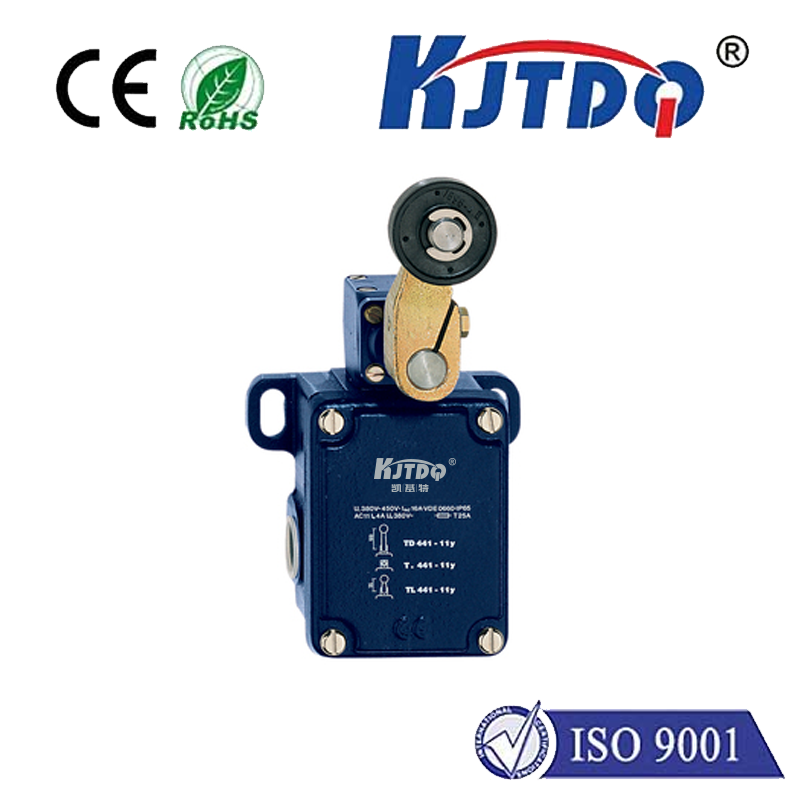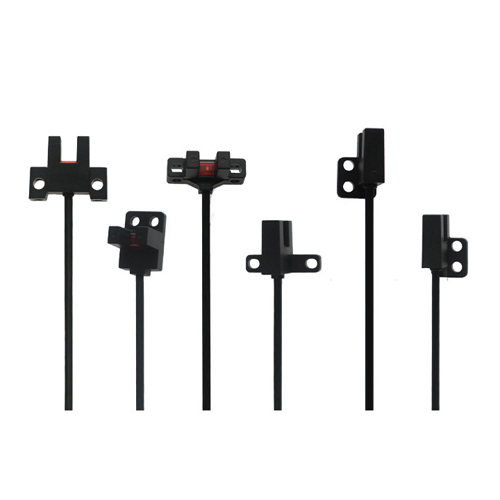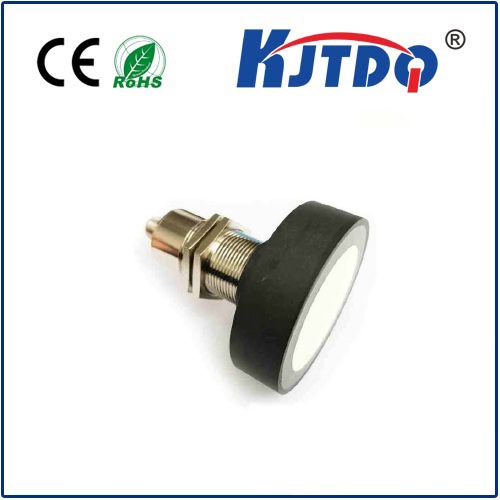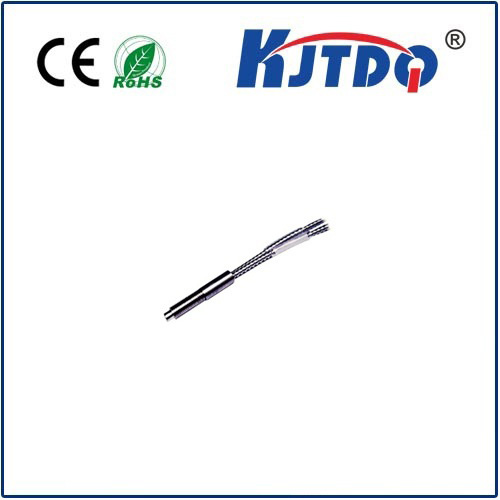i2c temperature sensor
- time:2025-08-23 00:16:28
- Click:0
Mastering Thermal Management: The Essential Guide to I2C Temperature Sensors
Ever felt the heat while designing an electronic gadget? That slight panic when your prototype becomes unexpectedly warm? Keeping tabs on temperature isn’t just about comfort; it’s critical for performance, safety, and longevity in countless devices. Enter the unsung hero of thermal monitoring: the I2C temperature sensor. These remarkable chips provide precise thermal data while communicating seamlessly via the ubiquitous I2C interface, making them the go-to choice for modern electronics. Understanding how they work and why they dominate is key for engineers and developers.
Demystifying the I2C Foundation
Before diving into the sensors themselves, grasping the underlying protocol is crucial. I2C (Inter-Integrated Circuit), often called “I-squared-C,” is a widely adopted, synchronous serial communication bus. Its brilliance lies in its elegant simplicity:
- Two-Wire Simplicity: Only two bidirectional lines are needed: Serial Data Line (SDA) and Serial Clock Line (SCL). This drastically reduces wiring complexity compared to parallel interfaces or even other serial protocols like SPI, especially valuable in space-constrained designs.
- Master-Slave Architecture: One master device (like a microcontroller, SoC, or SBC) initiates and controls communication with one or multiple slave devices (like temperature sensors, EEPROMs, ADCs, etc.) connected to the same bus.
- Addressing Scheme: Each slave device on the bus has a unique I2C address, usually configurable via hardware pins. This allows the master to specifically target a single device for reading or writing data without complex chip-select lines.
- Multi-Device Support: Multiple compatible slave devices can share the same bus lines, communicating individually based on their unique addresses. This inherent scalability is a massive advantage.
Why I2C Reigns Supreme for Temperature Sensing

So, why has the I2C interface become the de facto standard for integrating temperature sensors? The synergy between the protocol’s strengths and sensor requirements is undeniable. Key advantages include:
- Minimal Pin Count: As mentioned, just two pins on the host microcontroller are required for potentially dozens of sensors. This is a game-changer for complex systems needing multiple temperature monitoring points (e.g., motherboards, battery packs, industrial panels).
- Cost & Space Efficiency: Reduced pin usage translates directly to smaller, cheaper microcontrollers and simpler PCB layouts.
- Simplified Interfacing: The standardized I2C protocol is well-understood and universally supported. Microcontroller manufacturers provide mature I2C libraries, abstracting low-level communication complexities. This drastically accelerates development.
- Low Power Operation: Many I2C temperature sensors offer ultra-low standby currents and support power-down modes initiated via the bus, ideal for battery-powered IoT applications. Communication itself is also relatively power-efficient.
- Scalability & Flexibility: Need to add another temperature zone? Simply connect another sensor to the existing SDA/SCL lines (ensuring a unique address) and update the firmware. No need for fundamental hardware redesigns.
- Sufficient Speed: While not the fastest serial protocol, I2C bus speeds (Standard Mode: 100 kbit/s, Fast Mode: 400 kbit/s, Fast Mode Plus: 1 Mbit/s, High Speed: 3.4 Mbit/s) are typically more than adequate for temperature readings which don’t demand millisecond-level updates.
Inside the I2C Temperature Sensor: From Heat to Digital Data
An I2C temperature sensor is an integrated circuit combining a temperature transducer and an I2C interface controller. Here’s a simplified view of its operation:
- Sensing: An internal transducer (often a precision on-chip bandgap or diode-based circuit) generates an analog voltage proportional to the die temperature surrounding it.
- Conversion: This analog voltage is fed into a high-resolution Analog-to-Digital Converter (ADC). This is where the raw thermal measurement becomes a digital value.
- Processing (Optional): Some sensors include logic to compare readings against user-programmable limits (stored in registers), triggering alert signals (often via a separate pin) if thresholds are exceeded.
- I2C Communication: The digital temperature value, along with configuration data and status flags, resides in specific internal registers. The host microcontroller uses the I2C protocol to initiate a transaction. It sends the sensor’s unique address and a command (read/write) over SDA, synchronized by pulses on SCL. For a read, the sensor responds by transmitting the requested register data back over SDA.
Where Precision Meets Application: Ubiquitous Use Cases
The combination of simplicity, low cost, and reliable data delivery makes I2C temperature sensors indispensable across countless domains:
- Consumer Electronics: Preventing overheating in smartphones, laptops, gaming consoles, and smart home devices (thermostats, appliances).
- Industrial Automation & Control: Monitoring critical components in PLCs, motor drives, power supplies, and process control equipment for predictive maintenance and safety.
- Medical Devices: Ensuring patient safety and device reliability in diagnostic equipment, therapeutic devices, and wearables.
- Automotive Systems: Tracking temperatures in engine control units (ECUs), battery management systems (BMS) for EVs, infotainment systems, and climate control.
- IoT & Wearables: Enabling environmental monitoring and safeguarding battery-powered sensors, asset trackers, and fitness bands with minimal power drain.
- Data Centers & Computing: Continuously monitoring CPU, GPU, memory, storage, and chassis temperatures in servers, routers, and switches to optimize cooling and prevent failure.
- HVAC Systems: Providing room or duct temperature feedback for efficient climate control.
Integrating I2C Temperature Sensors: Key Considerations
Successfully implementing these sensors involves more than just wiring them up. Here are crucial aspects:
- Address Configuration: Pay close attention to the sensor’s datasheet for its base address and how hardware address pins (A0, A1, A2) are used. Ensure each sensor on a single bus has a unique address by tying these pins to VCC or GND appropriately.
- Pull-Up Resistors: I2C bus lines (SDA, SCL) are open-drain. This means devices can pull the line low, but need external resistors to pull it back high. Proper pull-up resistor selection (typically 2.2kΩ to 10kΩ) is vital for reliable communication – too strong limits speed, too weak causes instability. Consult datasheets for guidance.
- Bus Capacitance & Length: The physical length of the bus and total capacitance from all connected devices and traces impact maximum achievable speed. Longer buses or more devices necessitate lower bus speeds or stronger pull-ups.
- Library Utilization: Leverage your microcontroller or development platform’s robust I2C libraries (like Arduino’s
Wire.h, Python’s smbus, or MCU vendor SDKs) to handle low-level timing and protocol details. Focus on reading and writing sensor registers.
- PCB Layout: Keep SDA/SCL traces reasonably short and close together. Minimize parallel runs with noisy signals. Use a solid ground plane. Place decoupling capacitors close to the sensor’s VCC pin.
- Sensor Placement: For accurate readings, place the sensor as close as












